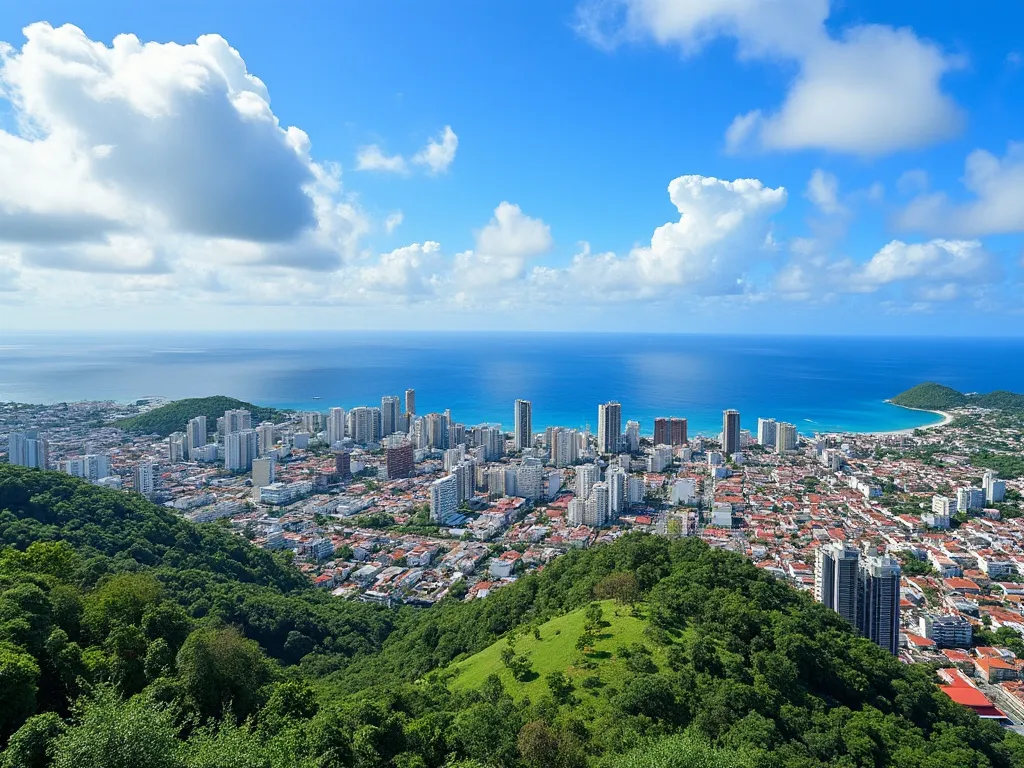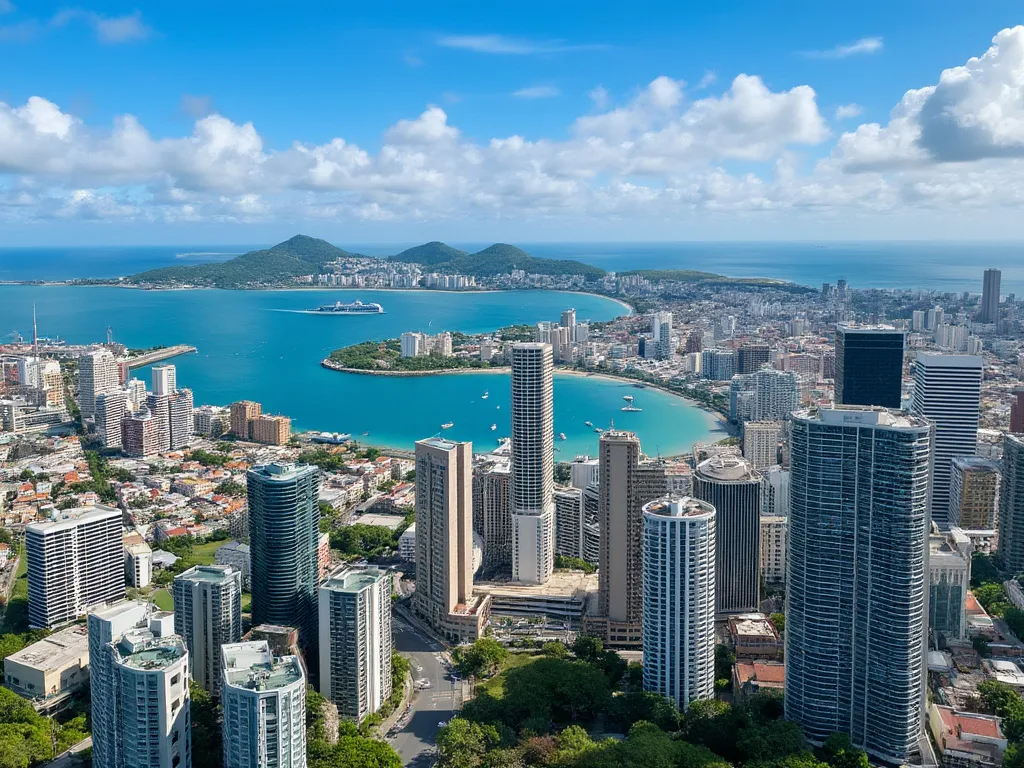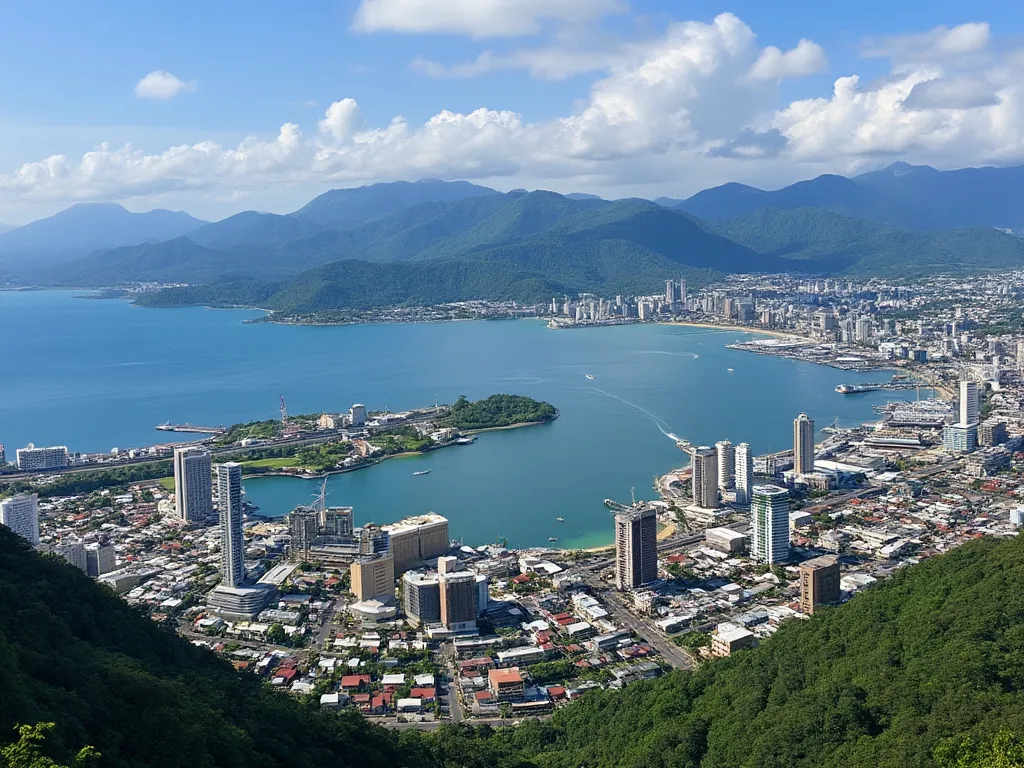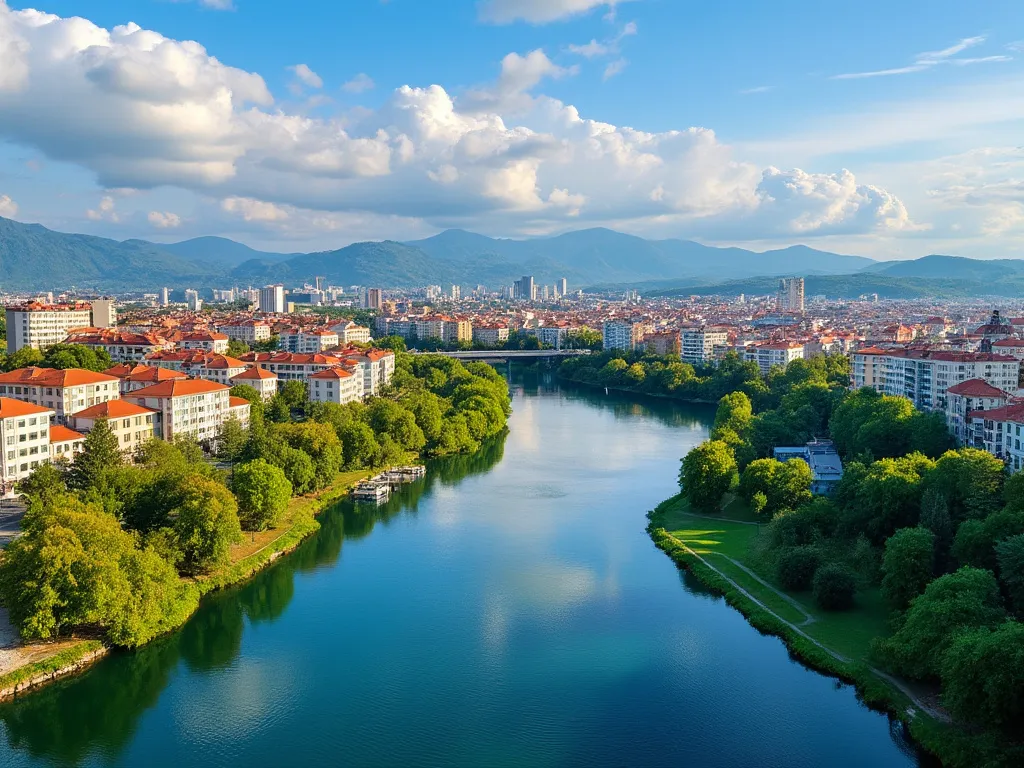
Port-au-Prince, the capital and largest city of Haiti, is a bustling metropolis that embodies the country's rich history, vibrant culture, and resilience. Located on the Gulf of Gonâve, the city is a hub of economic, cultural, and political activity, attracting visitors from around the world.
Port-au-Prince information
| Country | 🇭🇹 Haiti |
| Population | approximately 2.7 million |
| Coordinates | 18.5392° N, 72.3353° W |
| Area | 36.04 km² |
| Climate | Tropical savanna climate |
| Language | Haitian Creole, French |
| Currency | Haitian gourde |
| Time zone | Eastern Daylight Time (UTC-4) |
| Proximity to other major cities | approximately 760 km from Santo Domingo, Dominican Republic; approximately 1,200 km from Kingston, Jamaica |
Interesting facts about Port-au-Prince
- Port-au-Prince is home to the oldest cathedral in the Caribbean, the Cathédrale Notre-Dame de l'Assomption.
- The city is known for its vibrant street art scene, with many murals and graffiti adorning the city's walls.
- Port-au-Prince is home to the famous Bois Caiman, a historic site that marks the beginning of the Haitian Revolution.
Tourist attractions in Port-au-Prince
- The National Museum of Haiti
- The Marché en Fer
- The Cathédrale Notre-Dame de l'Assomption
- The Bois Caiman
- The Pétionville neighborhood, known for its vibrant nightlife and restaurants
Historical background of Port-au-Prince
Founded in 1749 by French colonists, Port-au-Prince was initially a small settlement that grew rapidly into a thriving city. The city played a significant role in Haiti's struggle for independence, with many notable figures, including Toussaint Louverture and Jean-Jacques Dessalines, contributing to the country's fight for freedom. Today, the city is a testament to Haiti's complex history, with many historical landmarks and cultural institutions that showcase its rich heritage.
Geographical location of Port-au-Prince
Located on the western coast of Haiti, Port-au-Prince is situated on a natural harbor, providing a strategic location for trade and commerce. The city is nestled in a valley surrounded by mountains, which can make it prone to natural disasters such as earthquakes and hurricanes. Despite these challenges, the city's geographical location has also contributed to its growth and development, with many industries, including textiles and manufacturing, thriving in the area.
Cultural significance of Port-au-Prince
Port-au-Prince is a city that is deeply rooted in Haitian culture, with many cultural institutions, festivals, and traditions that reflect the country's rich heritage. The city is home to many museums, galleries, and cultural centers, including the National Museum of Haiti, which showcases the country's history, art, and culture. The city is also known for its vibrant music scene, with many genres, including kompa and zouk, originating in Port-au-Prince.
Economic importance of Port-au-Prince
As the capital and largest city of Haiti, Port-au-Prince plays a significant role in the country's economy. The city is a hub of commerce, with many industries, including textiles, manufacturing, and tourism, contributing to the country's GDP. The city is also home to many markets, including the famous Marché en Fer, which offers a wide range of goods, from fresh produce to handicrafts.
Conclusion on Port-au-Prince
Port-au-Prince is a city that embodies the spirit of Haiti, with its rich history, vibrant culture, and resilience. Despite facing many challenges, the city remains a hub of economic, cultural, and political activity, attracting visitors from around the world. From its historical landmarks to its cultural institutions, Port-au-Prince is a city that has something to offer everyone.
 Port Louis
Port Louis
 Port Moresby
Port Moresby
 Plymouth
Plymouth
 Podgorica
Podgorica